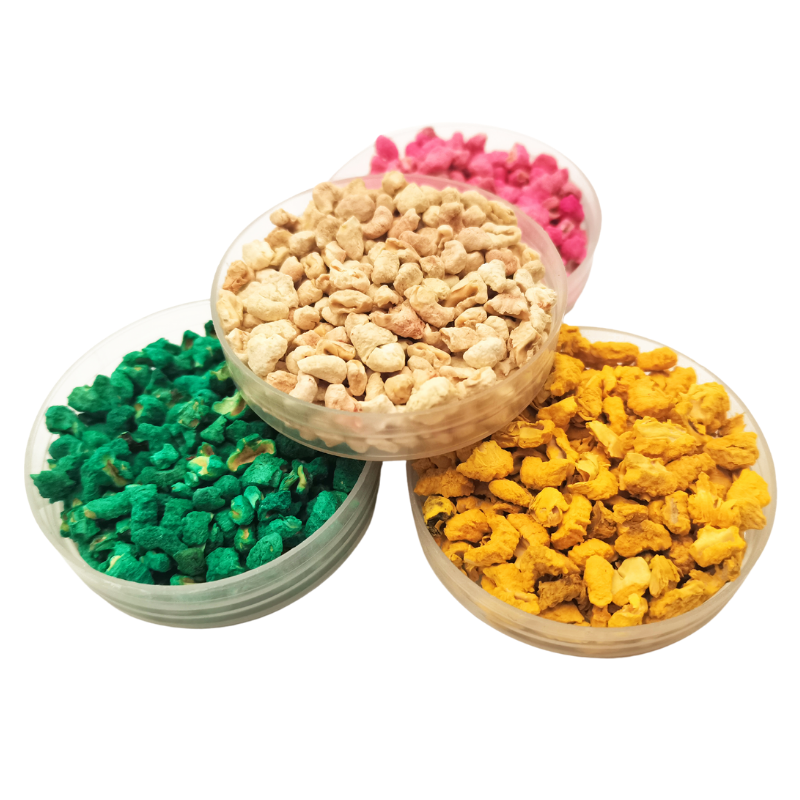
calcium hydroxide lime water
Understanding Calcium Hydroxide and Lime Water
Calcium hydroxide, commonly known as slaked lime, is a chemical compound with the formula Ca(OH)₂. It is produced through the hydration of quicklime (calcium oxide, CaO), which is obtained from limestone. This compound is widely recognized for its applications in construction, environmental science, and various industrial processes. One of its most notable uses is in the form of lime water, a saturated solution of calcium hydroxide in water.
Properties of Calcium Hydroxide
Calcium hydroxide appears as a white powder or crystalline solid. It is sparingly soluble in water, forming lime water, which contains the hydroxide ions (OH⁻) and calcium ions (Ca²⁺). Lime water has a slightly alkaline pH, typically around 12.4. When lime is mixed with water, an exothermic reaction occurs, releasing heat. The resulting lime water is often used in various chemical reactions and applications due to its caustic nature.
Production of Lime Water
Producing lime water involves dissolving calcinated lime in water. The process can be summarized in two primary steps
1. Calcination Limestone (calcium carbonate, CaCO₃) is heated in a kiln at temperatures around 900-1000°C, decomposing it into quicklime (CaO) and carbon dioxide (CO₂) \[ CaCO₃ (s) → CaO (s) + CO₂ (g) \]
Once calcium hydroxide is formed, it can be dissolved in excess water to create a saturated solution, which is referred to as lime water.
Uses of Lime Water
calcium hydroxide lime water

Lime water has a multitude of applications across various fields
1. Environmental Applications In water treatment, lime water is used to neutralize acidic waters, thereby preventing corrosion and promoting an increase in pH. It precipitates impurities as insoluble calcium salts, which can then be removed through sedimentation.
2. Construction Traditionally, lime water is using in the production of lime mortar and plaster. Due to its ability to set in the presence of moisture, it is an essential ingredient for durable and stable building materials.
3. Food Industry In the culinary world, lime water acts as a food preservative and is utilized for specific applications, such as freshening certain vegetables and fruits. It also plays a role in the preparation of traditional dishes in various cultures.
4. Chemical Reactions Lime water is used in laboratories during experiments involving carbon dioxide. The water turns milky when CO₂ is bubbled through it due to the formation of calcium carbonate, making it an effective and simple test for the presence of carbon dioxide.
5. Medicinal Uses In medicine, calcium hydroxide is employed in dentistry to treat pulp capping and as a disinfectant in root canal treatments due to its antibacterial properties.
Safety Considerations
While lime water and calcium hydroxide have many benefits, it is crucial to handle them with care. Calcium hydroxide is classified as a caustic substance, which can cause skin irritation, eye damage, and respiratory issues if inhaled. Proper protective equipment, such as gloves and goggles, should be used when working with lime water or its derivatives.
Conclusion
In conclusion, calcium hydroxide and lime water are vital components with broad applications in various fields, including construction, environmental science, food processing, and medicine. Understanding their properties and uses is crucial for utilizing them safely and effectively in both industrial and everyday settings. Whether it is for improving water quality, constructing sturdy buildings, or preserving food, calcium hydroxide continues to be an essential compound that highlights the intersections of chemistry and practical applications.
Share
-
Premium Pigment Supplier Custom Solutions & Bulk OrdersNewsMay.30,2025
-
Top China Slag Fly Ash Manufacturer OEM Factory SolutionsNewsMay.30,2025
-
Natural Lava Rock & Pumice for Landscaping Durable Volcanic SolutionsNewsMay.30,2025
-
Custom Micro Silica Fume Powder Manufacturers High-Purity SolutionsNewsMay.29,2025
-
Custom Mica Powder Pigment Manufacturers Vibrant Colors & Bulk OrdersNewsMay.29,2025
-
Custom Micro Silica Fume Powder Manufacturers Premium QualityNewsMay.29,2025






